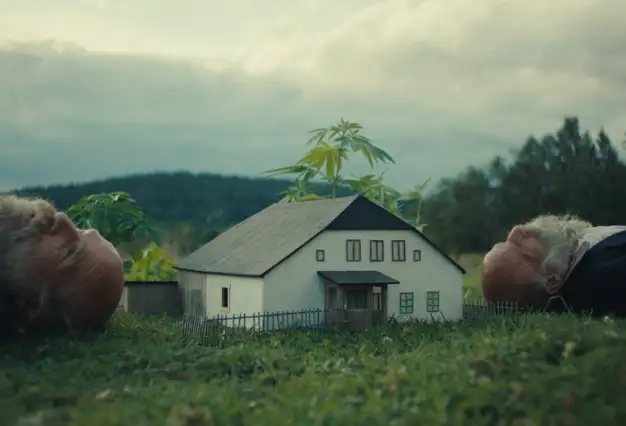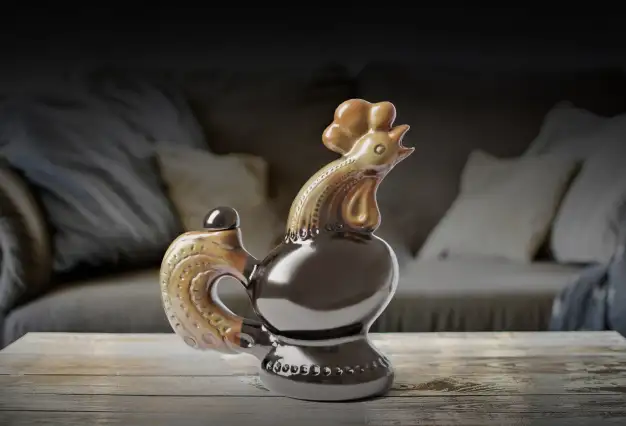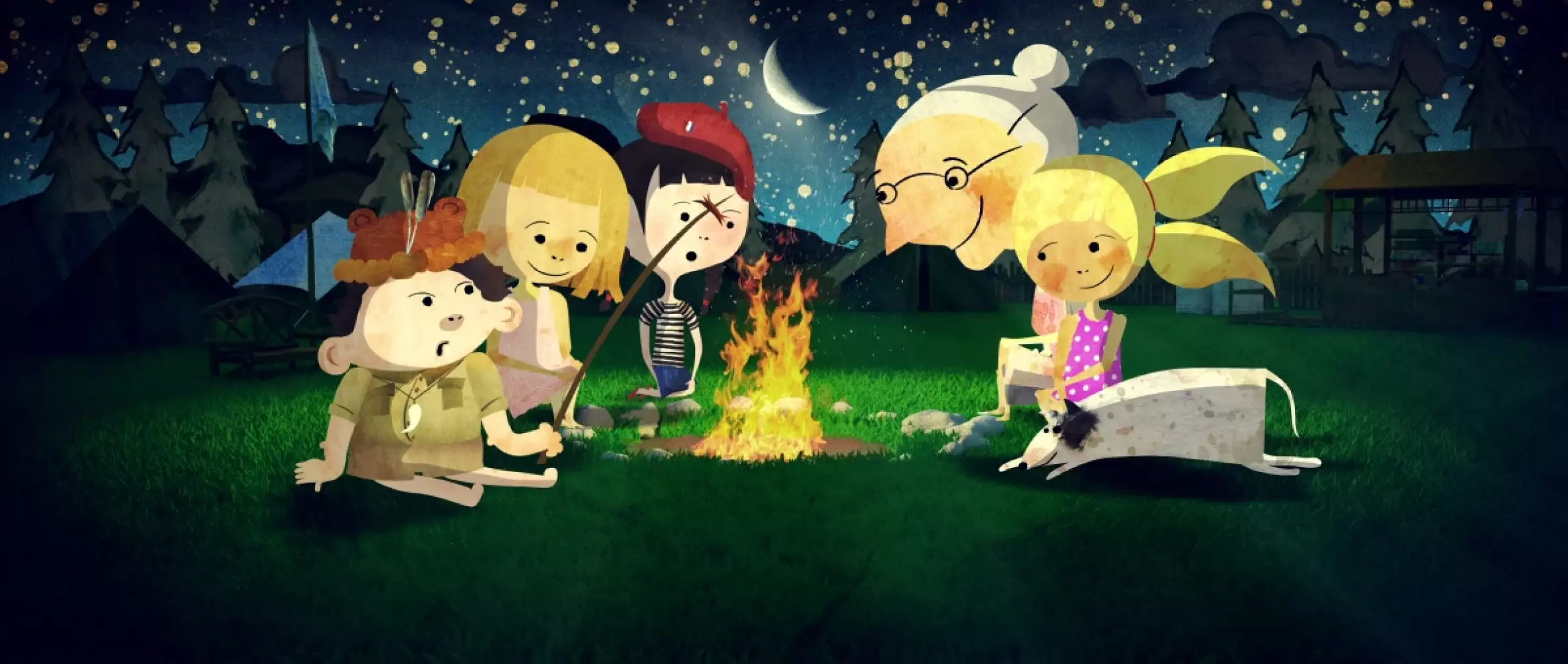
10 June 2017
New Czech Animation: Strong Stories, Strong Emotions
New Czech Animation: Strong Stories, Strong Emotions

The international reputation of Czech animation comes mainly from its strong tradition and history of master animators, including Jiří Trnka, Břetislav Pojar, and Jan Švankmajer. But there’s more to it than that. The Czech animation scene of today is alive and kicking!
Article by Eliška Děcká for Czech Film Magazine / Summer 2017
Every year, Czech animation schools produce a rich crop of original short films by young directors that go on to be screened at prestigious animation festivals. After last year’s successful appearance at Cannes by Jan Saska of FAMU, with his film Happy End, in 2017 the Annecy international Animated Film Festival will present several Czech student films — and, it’s worthwhile noting, not just from the storied animation department at FAMU in Prague. Awaker, directed by Filip Diviak, comes from Tomáš Baťa University in Zlín (where the famous animator Karel Zeman created his fantastic worlds). With its penchant for French-style children’s illustrations, using simple shapes and poetic colors, Awaker is likely to be popular in the Graduation Films section at Annecy. The story itself, of an older father and his son, is a warm one too, despite its setting in a cold Nordic country in the early 19th century. The title of the film comes from the name of the father’s profession: his job is to wake the inhabitants of the snowy village each morning, no matter how hard the cold winds blow. One day, the task becomes too much for him, but his loving son finds an original and beautiful solution.
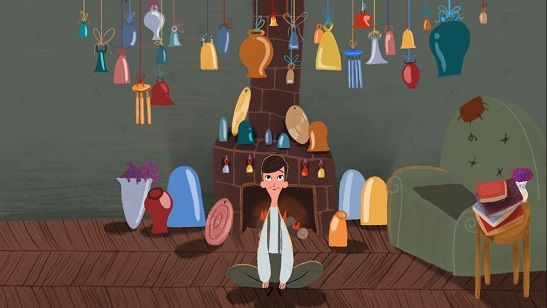
In addition to the festival circuit, the best Czech student films compete every year in the Czech lions, the Czech Republic’s equivalent of the Academy Awards. The Magnesia Award for Best Student Film is open to all genres (live action, documentary, animation) and starts with twenty nominees, selected in cooperation with the Czech Film Center. Eight this year were animated. One that earned a great deal of attention was Room, an experimental animated short by Jana Kristýna Nováčková of FAMU. Shedding the traditional narrative so typical of classic Czech and Czechoslovak animation, Nováčková instead uses shapes and movements — even a zebra at one point — to produce strong emotions in this animated film-essay. “No rules get in the way of ego,” as it says, accurately, in the film’s synopsis.
On the other side of the animation spectrum is Shadow over Prague, by FAMU student Marek Berger, another entry in the Magnesia awards, and also appearing in many international animation festivals. Berger works with an aesthetic based on old comic books, using a story inspired by a mix of Prague legends: the Golem, the “Hedge in Cage” brainteaser, and a mystery jumping man who lives in the shadows and fights the Nazis’ occupation of Prague. This adventurous film, with quick rhythmic cuts and a fitting genre score, was supported by the State Cinematography Fund Czech Republic and may eventually serve as pilot for a full series.
Oddsockeaters: A Children’s Bedroom Revolution
Contemporary Czech animation isn’t just student films and short films, however. Proving this is the recent success of the family film The Oddsockeaters, directed by Galina Miklínová and produced by Ondřej Trojan of Total HelpArt T.H.A., with Czech TV, PubRes, Alkay Animation Prague, and Filmosaurus Rex coproducing. The film is based on Pavel Šrut’s bestselling book series about a funny gang of small invisible creatures, who live alongside humans stealing and eating our socks — but only one of each pair. The choice of CGI animation was crucial for the film, as Miklínová explains: “The characters themselves are made out of various fabrics, and the CGI programs let us stretch them, make them see-through, twist and twirl them, whatever we want.”
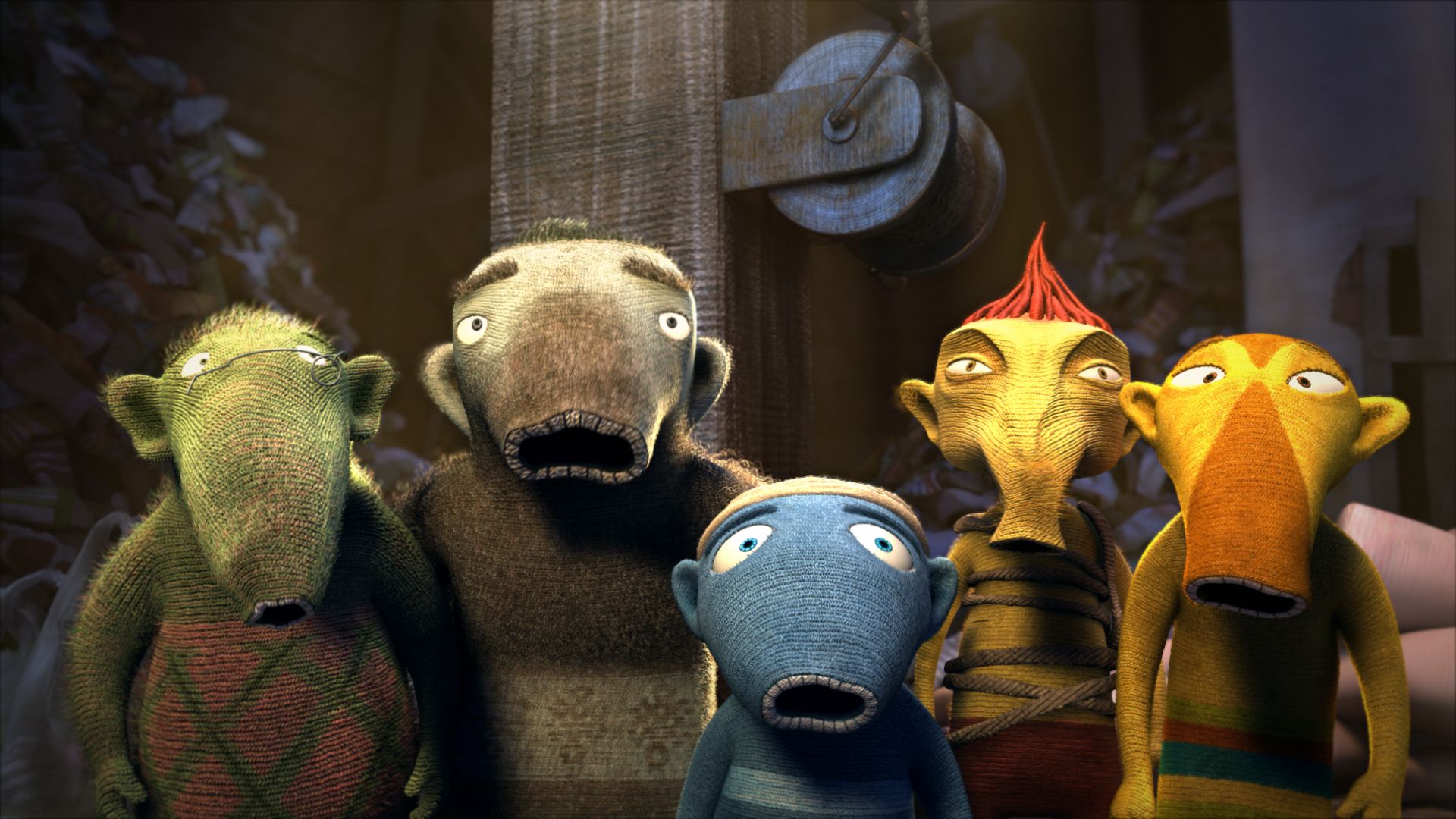
The Oddsockeaters started a sort of children’s bedroom revolution in the Czech Republic. Kids aren’t just reading the books and watching the movie now, but also loving the merchandising, which comes in the form of stuffed toys and, of course, socks. The huge popularity of the books was clearly part of the reason for the film’s “healthy run at the box office,” as Variety put it, with official sales of over 200,000 tickets in Czech theaters only. The creators are now looking to turn it into an international success, as the movie has already been picked up for the United Arab Emirates (Empire Networks), Korea (9ers Entertainment), Poland (Vivarto), and China.
Living Large: Kristina Dufková’s Overweight Hero
A similar success story may now be in the making by another well-known Czech woman animator, Kristina Dufková. Dufková, too, has plenty of experience with animated shorts but, like Miklínová, decided it was time to make an animated feature. Dufková’s project, provisionally titled Living Large, is also based on a book: La Vie en gros (2001), by French author Mikaël Ollivier. The main character in the book, which has already won 19 awards, is 12-year-old Ben, who for most of his life hasn’t cared that he’s overweight. That changes after one summer vacation when he meets Klara. Everybody likes Klara of course, but Ben adores her, which motivates him to lose weight. One day, he gathers up his courage and reveals his feelings, but when Klara rejects him, he sinks into depression and his world collapses. His mother brings him to a therapist, who helps Ben realize that it wasn’t really worth it. His responsibility is to get back to life and make his dreams come true.
“As soon as I discovered the book, I envisioned it as a classical puppet film. I believe that this is the most fitting way to portray the overweight hero Ben and the world he lives in,” Dufková says. “The tongue-in-cheek style of puppet animation will help the audience empathize and fall in love with his character, so the emphasis isn’t on the issue of his weight. Though we did decide to add some 2D animation parts, the puppet, with all its endless possibilities, was crucial to this film.”
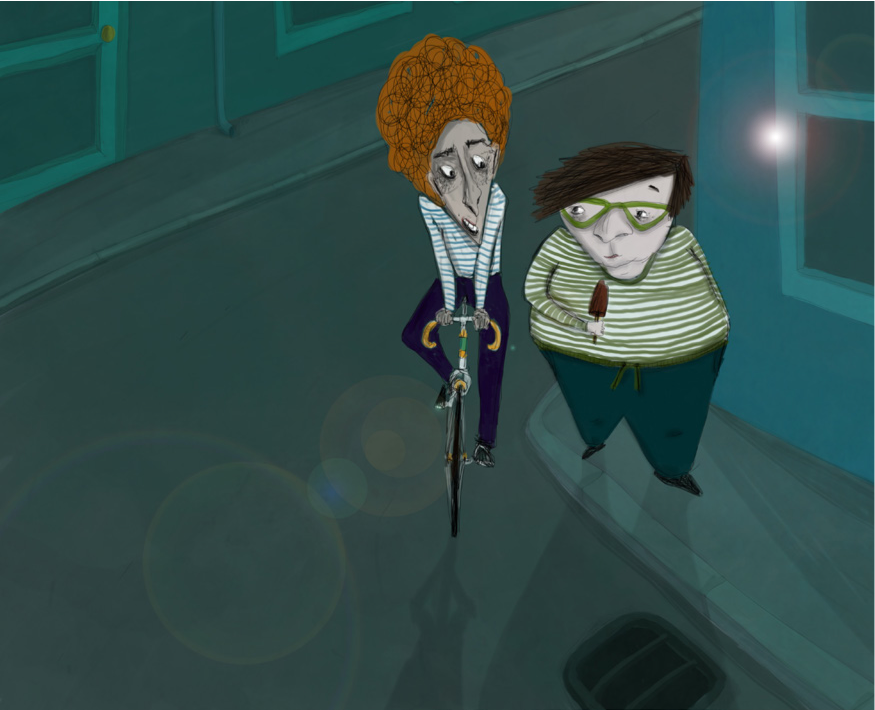
The project’s pre-production was supported by the State Cinematography Fund Czech Republic and a Media grant, and they’re currently in the process of building the main characters. “The visualization of weight will be accomplished by using detailed skeleton structures, with latex or external silicon modifications. The final surface will then have the characteristics of thick skin. This will give me plenty of space to play around with the different body sizes in an inoffensive, comical way,” Dufková explains.
Production should get underway in early 2018, with a finishing date by 2020. The film is co-produced by Czech Bartletta, an independent company supporting debuting young filmmakers, and BFILM of Slovakia.
Another promising project currently in development is Hungry Bear Tales, an animated comedy series about two bears named Nedved and Mishka. The main premise of the series (with 13 episodes currently planned) is that, although bears tend to be loners, Mishka and Nedved are best friends who live together in a cozy house in the woods, where they share a love for food and thinking up funny ways to get it with as little effort as possible.
The series, produced by Bionaut Animation, is co-directed by young Czech animators Alexandra Hetmerová and Kateřina Karhánková, who have teamed up here with Filip Pošivač, a respected illustrator of award-winning children’s books. The pilot episode, Blueberries, Oh Yeah!, was supported by the State Cinematography Fund Czech Republic, and is expected to be finished in Czech and English versions by this June.
It definitely helps Hungry Bear Tales that Bionaut already has experience with a similar animated project, Rosa & Dara, now available for free at www.rosadara.tv, an online platform also offering educational games and other downloadable content. These short, adventurous stories, with two 7-year-old twin sisters, Rosa and Dara, as main characters, served as starting point for the forthcoming animated feature Rosa & Dara and Their Great Summer Adventure (currently also in development). Both the feature and the series were directed by Martin Duda.


